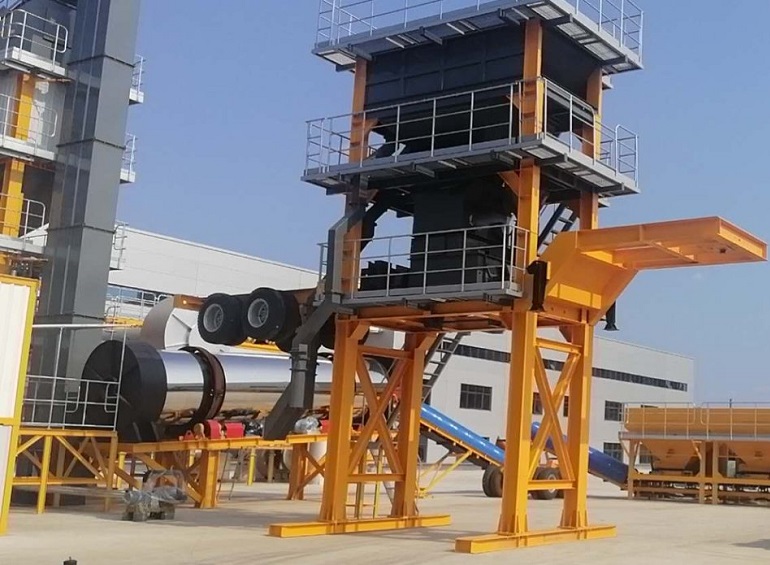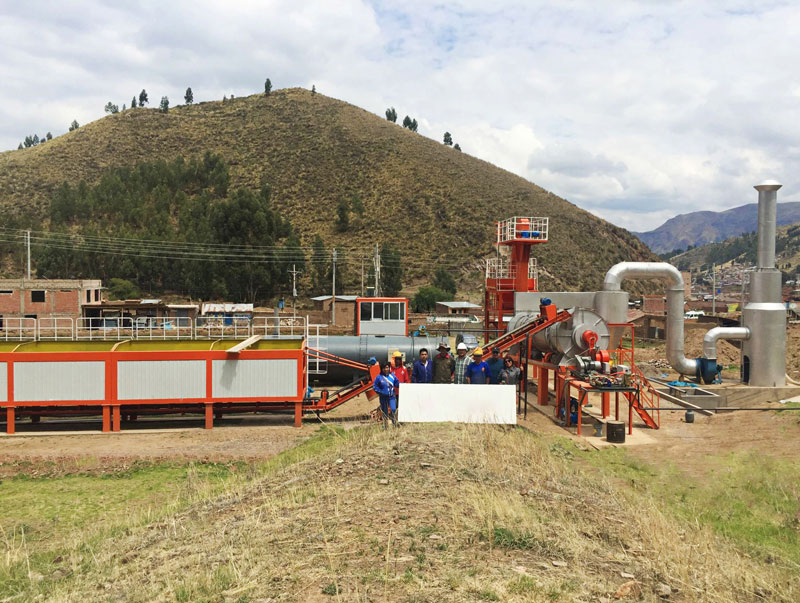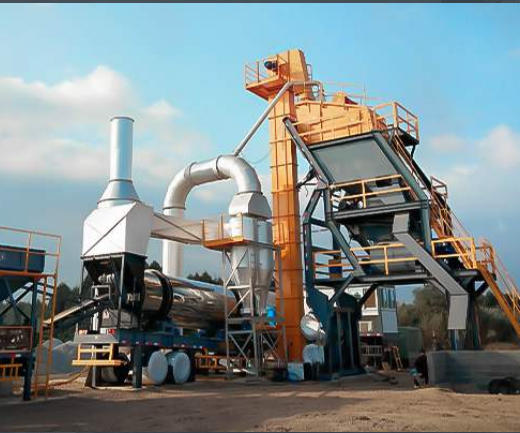Where does asphalt come from? Is it natural or synthetic?
(1) Distillation method: the crude oil is often pressure distilled to separate light fractions such as gasoline, kerosene and diesel, and then the vacuum distillate is separated by vacuum distillation (residual pressure 10 ~ 100mmhg). When the remaining residue meets the specifications of road asphalt, asphalt products can be directly produced. The obtained asphalt is also called straight run asphalt, which is the main method for producing road asphalt.
(2) Solvent precipitation method: nonpolar low molecular alkane solvents have different solubility for each component in vacuum residue. Component separation can be realized by using the difference of solubility. Therefore, components unfavorable to asphalt properties can be removed from vacuum residue to produce asphalt products meeting specification requirements. This is solvent precipitation method.
(3) Oxidation method: it is to blow air into vacuum residue or deoiled asphalt under a certain range of high temperature to change its composition and performance. The obtained product is called oxidized asphalt. Vacuum residue will vaporize under the action of high temperature and blowing air, and a series of reactions such as dehydrogenation, oxidation, polymerization and condensation will occur at the same time. This is a very complex comprehensive reaction process with multi-component interaction, not just oxidation reaction, but it is traditionally called oxidation method and oxidized asphalt, as well as air blowing method and air blowing asphalt.
(4) Blending method: blending method to produce asphalt initially refers to the re blending of four components of asphalt composed of the same crude oil according to the proportion required by the quality requirements. The resulting product is called synthetic asphalt or reconstructed asphalt. With the development of technology, the source of blending components has been expanded. For example, residues or components from primary and secondary processing of the same crude oil or different crude oils and various industrial waste oils can be used as blending components, which reduces the dependence on oil source selection in asphalt production. With the increasing shortage of crude oil suitable for asphalt production, the flexibility and economy of blending method are being paid more and more attention and widely used.
(5) Emulsification method: the surface tension of asphalt and water is very different, and they will not be miscible at room temperature or high temperature. However, when the asphalt is subjected to mechanical actions such as high-speed centrifugation, shearing and hammering, it becomes particles with a particle size of 0.1 ~ 5 microns and dispersed into the aqueous medium containing surfactant (emulsifier stabilizer), because the emulsifier can be adsorbed on the surface of asphalt particles, the interfacial tension between water and asphalt is reduced, so that asphalt particles can form a stable dispersion system in water, This is the oil in water emulsion. The dispersion system is dark brown. Asphalt is the dispersed phase and water is the continuous phase. It has good fluidity at room temperature. In a sense, emulsified asphalt is to "dilute" asphalt with water, which improves the fluidity of asphalt.

Rock asphalt is a kind of asphalt produced by the comprehensive action of heat, pressure, oxidation, catalyst and bacteria after the deposition and change of oil for hundreds of millions of years. Commonly used as matrix asphalt modifier. The physical properties of rock asphalt tend to be "coal".
"Super" asphaltDifferent from common asphalt, epoxy asphalt is made by adding epoxy resin into asphalt and reacting with curing agent, so that the asphalt has high strength and toughness and little deformation at high and low temperature. This material looks simple, as long as the asphalt and epoxy resin are mixed in a certain proportion. However, it is more difficult to get the appropriate proportion of materials than to go to heaven. Scientific research is almost carried out in a blank, Just like people's blood types, we have to find matching asphalt and epoxy resin for blood transfusion. Obviously, they can't fuse with each other. The difficulty is here.



 RU
RU MM
MM AR
AR




